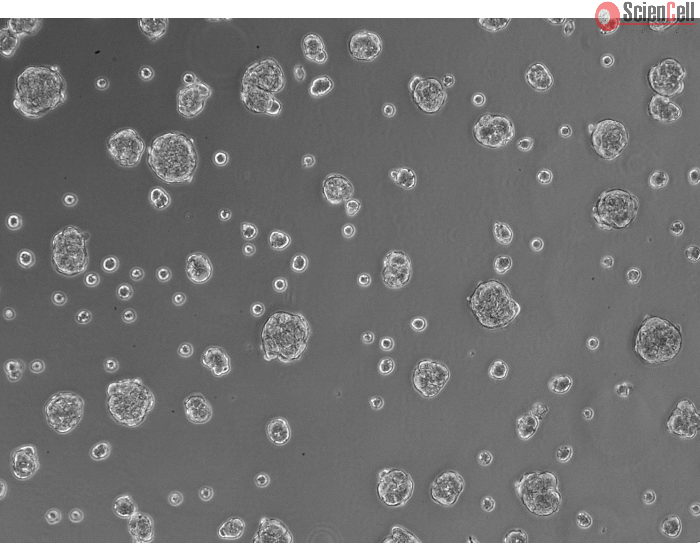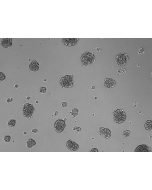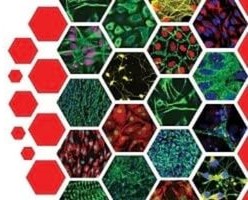All-inclusive 3D Human Retinal Pigment Epithelial Spheroid Formation Kit
Catalog No.
3D-6540
ScienCell's 3D human retinal pigment epithelial spheroids display the differentiated epithelial cell marker cytokeratin-18 and deposit apolipoprotein ApoE, a prominent drusen constituent. The 3D RPE spheroid model is an ideal way to model drusen in vitro and study the pathogenesis of related diseases, such as AMD.
$1,166.00
In Stock





